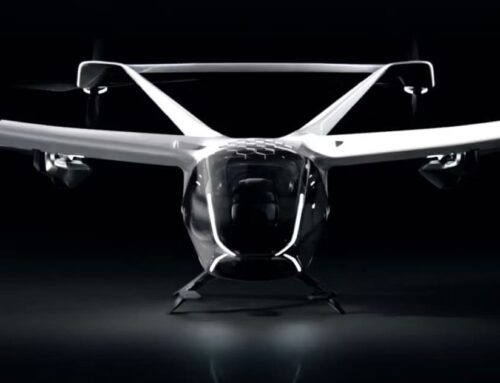Replacing the E-6 Mercury, the newly introduced E-XX plane is designed to work in coordination with submarines to enhance the U.S.’s nuclear attack defense capabilities.
The replacement of the E-6 Mercury, which some describe as the most lethal airplane worldwide, is currently underway by the United States Navy. The E-6 Mercury serves as an airborne communications link between the United States government and military forces around the world, and it relays orders to Ohio-class nuclear missile submarines on patrol, which includes commands to launch missiles. Unlike its predecessor, which was built based on a commercial airliner, the next-generation aircraft will be constructed using the C-130J Super Hercules military transport airplane.

According to Defense News, the Navy is preparing to release a set of specifications for the new aircraft, known as the E-XX, which refers to electronic functions such as an electronic attack, propaganda distribution, and other roles that involve transmitting on the electromagnetic spectrum. The Navy desires three test planes quickly and nine more by 2025.
The twelve new aircraft will take the place of the sixteen E-6s presently in use, making the E-XX the new generation TACAMO aircraft, meaning “take charge and move out.” TACAMO planes are responsible for delivering Emergency Action Messages (EAMs) to submarines at sea, which are armed with nuclear-tipped ballistic missiles and tasked with remaining undetected under the oceans. In the case of an unforeseen nuclear attack on the United States, these submarines could surface to launch a devastating counterattack. By providing this capability, they deter aggressors from launching an assault in the first place.
TACAMO planes act as a flying message relay service, authenticating and then transmitting EAMs between the National Command Authority and submarines at sea, with only the President of the United States authorized to give commands to US nuclear forces in peacetime. In the event that the President is killed, incapacitated, or goes missing during an attack, that authority could be handed to someone else in the Cabinet or under military control. TACAMO planes ensure that the National Command Authority can command nuclear forces even during a nuclear war.
The 16-strong TACAMO fleet is separated into two squadrons, VQ-3 “Ironmen” and VQ-4 “Shadows,” all managed by the 1st Strategic Communications Wing located in Tinker Air Force Base, Oklahoma. E-6s are also deployed from alert centers in Travis Air Force Base, California and Naval Air Station Patuxent River, Maryland, where they can fly closer to ballistic missile submarines on patrol.
One TACAMO airplane is generally in the air at all times, and up to six planes can be flying concurrently. Despite overblown reports on social media, the number of TACAMO planes in the air does not necessarily imply a nuclear-related crisis. The earlier E-6 Mercury was based on the Boeing 707, one of many military airplanes developed based on a 1960s-era civilian jetliner.
In contrast, the new E-XX TACAMO is planned to be built using the C-130J Super Hercules. Lockheed Martin’s EC-130J TACAMO, which it is co-developing with Raytheon and Northrop Grumman, is its proposal for the E-XX competition, while Boeing is also a potential candidate for the contract.
For more aviation news stay tuned with Aviation Hotshot website.






Leave A Comment